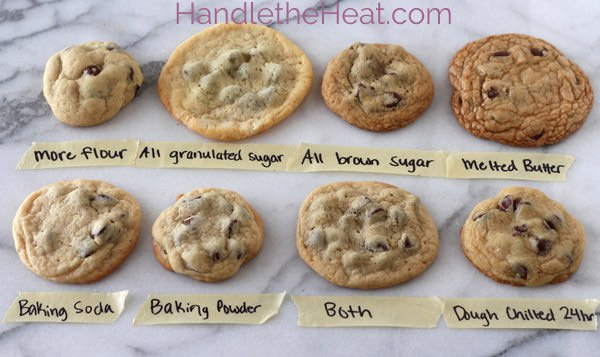You followed the recipe to a T. You baked them at the correct temperature. And yet, your cookies still turned out flat. What went wrong?
It could be multiple things. In this article, we’ll teach you how to make cookies fluffy instead of flat, as well as list some of the most common reasons yours didn’t rise to the occasion.
The Problem: The Butter Is Too Soft You should be able to indent it with a finger and your fingerprint should look like a clean divot. Room temperature butter is just the right consistency to incorporate air when it’s creamed with sugar. These trapped air pockets result in risen, fluffy cookies.

You Didn’t Chill Your Dough
We get that you’re anxious, but if you want fluffy cookies, you seriously need to chill… the dough. Why? Because of that whole issue with butter melting prematurely. Refrigerate your batter for at least 10 minutes before scooping it onto a baking sheet.
Your Butter Melted Prematurely
Butter, due to its low melting point, is usually the culprit behind flat cookies. It can be extremely fickle to work with, given that if it’s too cold it won’t mix well with other ingredients and if it’s too warm it can cause cookies to spread too thin. For this reason, it serves as the basis for many of the tips that follow.
“Real butter requires some finessing, but the taste and texture can’t be beat,” writes food blogger Nan Schiller. “Whatever you do, don’t use butter substitutes or margarines. They contain too much moisture and tend to spread even more than butter will.”
Why Do My Cookies Go Flat?
FAQ
Why do my cookies come out puffy instead of flat?
What causes cookies to be fluffy?
How do you make cookies thick and not flat?
